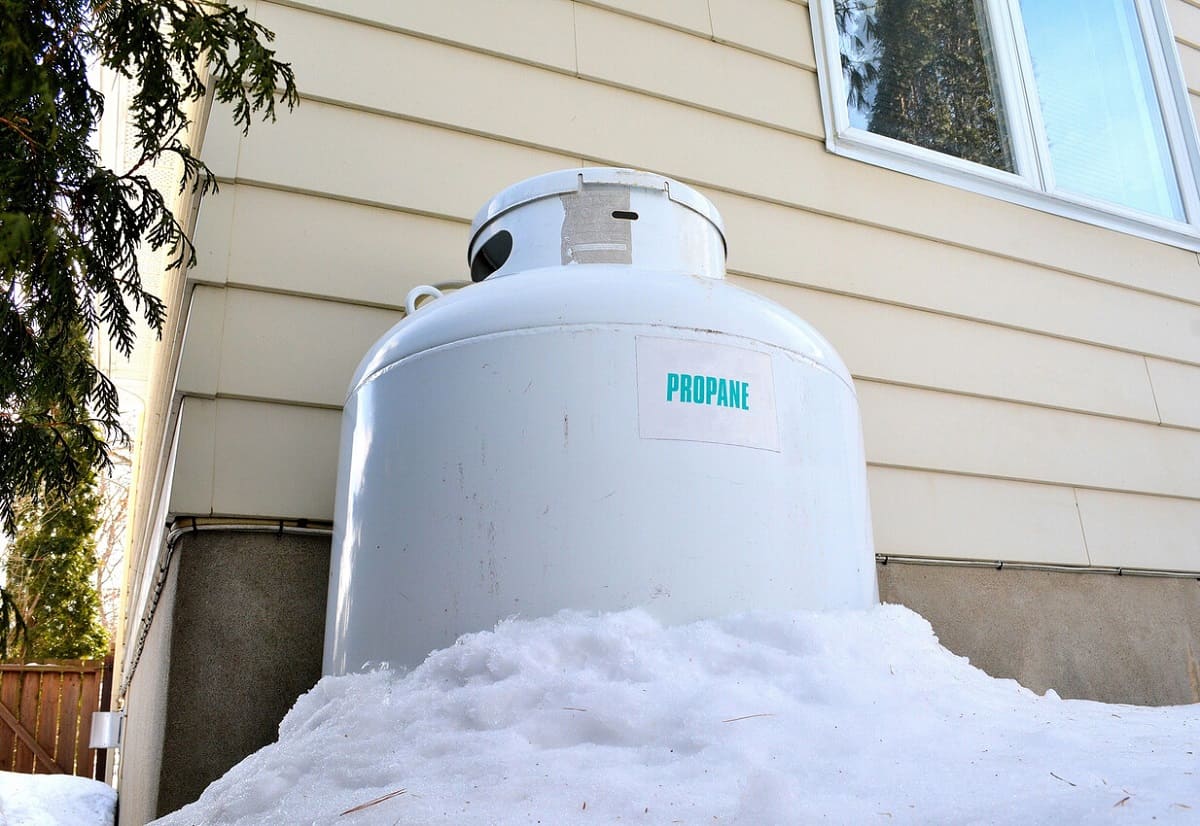

Articles
How To Store Propane Tanks In Winter
Modified: January 7, 2024
Learn how to safely store propane tanks during the winter months with these helpful articles. Stay prepared and keep your tanks in optimal condition.
(Many of the links in this article redirect to a specific reviewed product. Your purchase of these products through affiliate links helps to generate commission for Storables.com, at no extra cost. Learn more)
Introduction
When the winter season arrives, it’s important to properly handle and store propane tanks to ensure both safety and longevity. Propane tanks are commonly used for various purposes, including heating homes, fueling grills, and powering generators. However, extreme cold temperatures can have a significant impact on the performance and integrity of propane tanks if they are not stored correctly.
In this article, we will explore the steps you should take to store propane tanks safely during the winter months. We’ll discuss the importance of understanding propane tank safety, preparing the tanks for storage, choosing an appropriate storage location, ensuring proper ventilation, securing the tanks in place, protecting them from the elements, and conducting regular maintenance check-ups. Additionally, we’ll provide useful tips for handling propane tanks during the winter season.
By following these guidelines, you can store your propane tanks with confidence and peace of mind, knowing that you have taken the necessary precautions to keep them in optimal condition.
Key Takeaways:
- Safely storing propane tanks in winter involves understanding safety guidelines, preparing the tanks, choosing a suitable storage location, ensuring proper ventilation, securing the tanks, protecting them from the elements, and conducting regular maintenance check-ups.
- Handling propane tanks during winter requires extra care, including storing them upright, avoiding pressure changes, inspecting connections, protecting them during transportation, maintaining a backup supply, clearing snow and ice, monitoring propane levels, following manufacturer’s guidelines, and staying informed about safety regulations.
Read more: How To Store A Propane Tank
Understanding Propane Tank Safety
Before diving into the process of storing propane tanks during the winter, it’s important to have a solid understanding of propane tank safety. Propane is a flammable gas that is commonly used as a fuel source for heating, cooking, and other applications. However, mishandling propane can lead to dangerous situations, such as leaks, explosions, or fires.
The first and foremost rule of propane tank safety is to always handle propane tanks with care and caution. Make sure to read and follow the manufacturer’s instructions and safety guidelines. This includes proper handling, storage, transportation, and maintenance of the tanks.
When it comes to storing propane tanks, there are a few key safety guidelines to keep in mind:
- Store propane tanks in a well-ventilated area: Propane is heavier than air and can accumulate in enclosed spaces, leading to a potentially hazardous situation. Always store propane tanks in well-ventilated areas, such as outdoor sheds or storage cabinets specifically designed for propane tanks.
- Avoid storing propane tanks in basements or attached garages: Basements and attached garages are typically not well-ventilated and can pose a higher risk of gas accumulation. Instead, opt for an outdoor storage solution.
- Keep propane tanks away from ignition sources: Propane is highly flammable. Make sure to store your tanks at a safe distance from any potential ignition sources, such as open flames, electrical outlets, or heat sources.
- Do not store damaged or expired tanks: Inspect your propane tanks regularly for any signs of damage, such as rust or dents, and promptly replace them if needed. Additionally, check the expiration date on the tanks and dispose of them properly if they have reached their expiry.
- Keep tanks upright and secure: Propane tanks should always be stored in an upright position to prevent leaks. Additionally, make sure to secure the tanks in place to prevent them from falling or tipping over.
By understanding and adhering to these propane tank safety guidelines, you can minimize the risks associated with storing propane tanks during the winter season.
Preparing Propane Tanks for Winter Storage
Before storing propane tanks during the winter, it is essential to properly prepare them to ensure their safety and performance. Taking a few simple steps can go a long way in protecting your propane tanks from the harsh winter conditions and preventing potential damage or leaks.
Here are some key steps to follow when preparing your propane tanks for winter storage:
- Inspect the tanks: Before storing your propane tanks, carefully inspect them for any signs of damage, such as rust, dents, or leaks. If you notice any issues, it is best to replace the tanks before storing them.
- Clean the tanks: Clean the exterior of the tanks using mild soap and water to remove any dirt, debris, or contaminants. Avoid using harsh chemicals or abrasives that could damage the tanks.
- Disconnect and empty the tanks: Safely disconnect any propane appliances or equipment from the tanks. Then, use up the remaining propane in the tanks by running them until they are empty. It is crucial to never store propane tanks with a significant amount of propane inside, as it can increase the risk of leaks or pressure build-up.
- Secure the valve caps: Once the tanks are empty, securely close the valve caps to prevent any dirt, moisture, or debris from entering the tanks.
- Label the tanks: Clearly label the tanks as “Empty” or “Out of Service” to avoid any confusion later on. This will ensure that the tanks are not mistakenly filled or used during the winter storage period.
- Store tanks in an upright position: Propane tanks should always be stored in an upright position to prevent leaks and maintain their stability. Use a sturdy and designated storage rack or cabinet to keep the tanks securely upright.
- Keep tanks in a well-ventilated area: Choose a storage location that is well-ventilated and away from any potential ignition sources, such as open flames or electrical equipment.
- Protect tanks from extreme temperatures: Finally, protect your propane tanks from extreme temperatures by ensuring they are stored in a location that remains above freezing. Freezing temperatures can cause the pressure inside the tanks to drop, potentially affecting their performance.
By following these preparation steps, you can ensure that your propane tanks are ready for winter storage and will remain in good condition until they are needed again.
Choosing a Storage Location
When it comes to storing propane tanks during the winter, selecting the right storage location is crucial for both safety and performance. The chosen location should provide proper ventilation, protection from the elements, and security to prevent any accidents or damage.
Here are some factors to consider when choosing a storage location for your propane tanks:
- Outdoor storage: It is highly recommended to store propane tanks outdoors rather than in enclosed spaces like basements or attached garages. Outdoor storage allows for better ventilation and reduces the risk of gas accumulation.
- Well-ventilated area: Choose a storage location that is well-ventilated to ensure proper air circulation. This helps to prevent the build-up of flammable gas in case of leaks.
- Away from ignition sources: Keep your propane tanks at a safe distance from any potential ignition sources, such as open flames, electrical outlets, or heat sources. This minimizes the risk of fire or explosion.
- Stable and level surface: Ensure that the storage area provides a stable and level surface to prevent the tanks from tipping over. A flat surface helps to maintain the tanks’ stability and reduces the risk of accidents.
- Protected from extreme weather conditions: Choose a storage location that offers protection from extreme weather conditions, such as heavy snowfall or strong winds. Consider using a storage cabinet or shed that can shield the tanks from direct exposure to the elements.
- Accessible and convenient: Select a storage location that is easily accessible for maintenance and check-ups. This will allow you to monitor the tanks regularly and perform any necessary inspections or maintenance tasks.
- Compliance with local regulations: Ensure that the chosen storage location complies with any local regulations or codes pertaining to propane tank storage. Different regions may have specific guidelines regarding the storage and handling of propane tanks.
By taking these factors into consideration and selecting a suitable storage location, you can ensure the safety and longevity of your propane tanks during the winter storage period.
Ensuring Proper Ventilation
Proper ventilation is essential when storing propane tanks during the winter. Propane is a flammable gas that, if not properly vented, can accumulate and create a potentially dangerous situation. Ensuring adequate ventilation in the storage area is crucial for maintaining a safe environment.
Here are some steps to follow to ensure proper ventilation:
- Outdoor storage: Store propane tanks outdoors rather than in enclosed spaces to allow for better ventilation. Enclosed spaces like basements or attached garages can trap propane gas, increasing the risk of leaks and buildup.
- Adequate airflow: Choose a storage location where there is natural airflow or consider using an outdoor storage cabinet that provides ventilation. The flow of fresh air helps to disperse any propane gas that may be released and mitigate the risk of explosion or fire.
- Keep vents clear: Ensure that any vents in the storage area are clear and unobstructed. Blocked vents can hinder the ventilation process and prevent the proper dispersion of propane gas.
- Avoid storing near obstructions: Avoid placing propane tanks near obstructions that could restrict airflow, such as trees, walls, or other structures. Maintaining a clear space around the tanks facilitates better ventilation and reduces the chance of gas accumulation.
- Regularly inspect vents: Periodically inspect the vents to ensure they are intact and functioning properly. Check for any signs of blockage or damage and promptly address any issues.
- Monitor for gas odors: Propane has a distinct odor that is added to help detect leaks. If you notice a strong gas odor in the storage area, it could indicate a leak. Evacuate the area immediately and contact a professional for assistance.
- Follow manufacturer’s guidelines: Always follow the manufacturer’s guidelines for proper ventilation when storing propane tanks. The guidelines may vary depending on the specific tank and storage system being used.
By ensuring proper ventilation during the winter storage of propane tanks, you can minimize the risk of gas accumulation and create a safer environment for both yourself and those around you.
When storing propane tanks in winter, keep them in a well-ventilated area away from heat sources and direct sunlight. Store them upright and never indoors. Check for leaks before and after storage.
Read more: How To Store Propane Tanks Outside
Securing Propane Tanks in Place
Securing propane tanks in place is essential to prevent accidents and maintain their stability during winter storage. Properly securing the tanks ensures that they remain upright and reduces the risk of them tipping over or moving around, which can lead to leaks or other safety hazards. Here are some important steps to follow when securing propane tanks:
- Use a designated storage rack or cabinet: Invest in a sturdy storage rack or cabinet specifically designed for propane tanks. These storage units have built-in features to secure the tanks in an upright position and prevent them from falling or tipping over.
- Anchor the storage rack or cabinet: If the storage rack or cabinet is not already anchored to the ground, secure it in place using anchors or bolts. This prevents the entire storage unit from being displaced by strong winds or accidental impacts.
- Ensure a snug fit: Make sure the propane tanks fit securely in the storage rack or cabinet. They should not have excessive movement or be able to easily shift position.
- Use straps or chains: Consider using additional straps or chains to further secure the tanks within the storage unit. These can be wrapped around the tanks and attached to the rack or cabinet to provide an extra layer of stability.
- Check for proper weight distribution: Ensure that the weight of the tanks is evenly distributed in the storage rack or cabinet. This helps maintain balance and prevents any one tank from putting excessive pressure on the others.
- Regularly inspect and tighten fittings: Periodically inspect the fittings and connections of the storage rack or cabinet to ensure they remain secure. Check for any signs of loosening or wear and tighten as necessary.
- Follow manufacturer’s guidelines: Always follow the manufacturer’s guidelines and recommendations for securing propane tanks during storage. They may provide specific instructions or suggestions based on the design of the storage unit you are using.
By properly securing propane tanks in place, you can minimize the risk of accidents and maintain the stability of the tanks throughout the winter storage period.
Protecting Propane Tanks from the Elements
Protecting propane tanks from the elements during winter storage is crucial to ensure their longevity and performance. Extreme weather conditions, such as cold temperatures, snow, and ice, can have a detrimental effect on propane tanks if they are not adequately protected. Here are some important steps to protect your propane tanks from the elements:
- Choose a sheltered storage location: Select a storage location that provides some degree of protection from the elements. This can be a shed, garage, or covered area that keeps the tanks shielded from direct exposure to rain, snow, and harsh winds.
- Cover the tanks: Use a waterproof cover to shield the propane tanks from moisture and precipitation. Ensure that the cover completely wraps around the tanks and that it is securely fastened to prevent it from blowing away with strong winds.
- Avoid direct contact with the ground: Place the propane tanks on a raised platform or pallet to prevent them from directly contacting the ground. This helps to minimize the risk of moisture damage, rusting, or freezing due to the cold ground.
- Protect the valves and fittings: Consider applying a protective coating or spray to the valves and fittings of the propane tanks. This can help prevent rust and corrosion, which can compromise their integrity and cause leaks.
- Inspect for leaks after snow or ice accumulation: After heavy snowfall or ice storms, make sure to inspect the propane tanks for any signs of damage or leaks. Remove any snow or ice that has accumulated on them to prevent excess weight and potential damage.
- Maintain proper ventilation: While protecting the tanks from the elements, ensure that the storage location still maintains proper ventilation. Adequate airflow is essential to prevent gas accumulation and maintain a safe environment.
- Regularly inspect and clean: Periodically inspect the propane tanks for any signs of damage, such as rust, dents, or leaks. Clean the tanks as necessary to remove dirt, debris, or any other contaminants that may have accumulated.
- Follow manufacturer’s recommendations: Always follow the manufacturer’s recommendations for winter storage and protection of propane tanks. They may provide specific guidelines or precautions based on the type and model of your tanks.
By taking these steps to protect propane tanks from the elements, you can ensure their longevity and maintain their performance throughout the winter storage period.
Regular Maintenance and Check-ups
Regular maintenance and check-ups are essential to ensure the safety and optimal performance of propane tanks during winter storage. By conducting routine inspections and maintenance tasks, you can identify and address any potential issues before they escalate into major problems. Here are some important maintenance steps to follow:
- Inspect for damage: Regularly inspect the propane tanks for any signs of damage, such as rust, dents, or leaks. Check the valves, fittings, and hoses for wear or cracks. If you notice any damage, promptly address it by replacing or repairing the affected parts.
- Test for leaks: Periodically test the tanks for leaks using a propane leak detector or a solution of soapy water. Apply the solution to the connections, valves, and fittings and look for any bubbles that indicate a leak. If a leak is detected, immediately turn off the tank and seek professional assistance.
- Check pressure levels: Monitor the pressure levels of the propane tanks regularly. Low pressure may indicate a leak or an issue with the tank. If you notice a significant drop in pressure, consult a professional for further inspection and troubleshooting.
- Inspect hoses and connectors: Examine the hoses and connectors that connect the propane tanks to appliances or equipment. Look for any signs of wear, cracks, or deterioration. Replace any damaged components to ensure proper and safe functioning.
- Test the valves and safety mechanisms: Ensure that the valves and safety mechanisms on the propane tanks are in good working condition. Test the valves by opening and closing them to ensure they operate smoothly. Verify that the safety mechanisms, such as pressure relief valves, are functioning properly.
- Perform regular maintenance tasks: Follow the manufacturer’s recommendations for maintenance tasks, such as lubricating moving parts, tightening connections, and cleaning the tanks. These tasks help ensure that the tanks are in optimal condition and reduce the risk of malfunctions or leaks.
- Keep records: Maintain a record of maintenance and check-up activities performed on the propane tanks. This helps track their condition over time and provides a reference for future inspections or potential warranty claims.
- Seek professional assistance: If you are unsure about any aspect of maintenance or if you encounter any complex issues, it is best to seek assistance from a qualified propane professional. They have the expertise and knowledge to properly inspect and service the tanks.
By implementing regular maintenance and conducting thorough check-ups, you can identify and address any potential problems with propane tanks during winter storage, ensuring their safety and optimum performance.
Tips for Handling Propane Tanks during Winter
Handling propane tanks during winter requires extra attention and care to ensure safety and proper functioning. Extreme cold temperatures can affect the performance of propane, so it’s essential to take necessary precautions. Here are some helpful tips for handling propane tanks during the winter:
- Store tanks upright and secure: Always store propane tanks in an upright position to prevent leaks. Use a designated storage rack or cabinet to secure the tanks and prevent them from toppling over.
- Avoid excessive pressure changes: Avoid rapidly changing the temperature of propane tanks. When bringing them indoors from a cold environment, allow them to gradually acclimate to room temperature to avoid sudden pressure changes.
- Inspect connections before use: Before connecting propane tanks to appliances or equipment, inspect the connections for any damage or wear. Ensure that all connections are secure and free from leaks.
- Protect tanks during transportation: When transporting propane tanks during winter, ensure they are properly secured in your vehicle to prevent shifting or tipping. Avoid leaving them in extreme cold or heat for extended periods.
- Maintain a backup supply: During winter, it’s wise to maintain a backup supply of propane. This ensures you have sufficient fuel in case of any unexpected delays or interruptions in propane delivery.
- Clear snow and ice: If snow or ice accumulates on propane tanks, promptly remove it to prevent excessive weight and potential damage. Use caution and avoid using sharp tools that could damage the tanks.
- Keep tanks away from sources of ignition: Always keep propane tanks a safe distance away from sources of ignition, such as open flames, electrical equipment, or heat sources. This reduces the risk of fire or explosion.
- Monitor propane levels: Regularly check the propane levels in your tanks to ensure you have an adequate supply. This helps prevent running out of fuel during cold winter months when you rely on propane for heating.
- Follow manufacturer’s guidelines: Always follow the manufacturer’s guidelines and instructions specific to your propane tanks. They provide essential information on storage, handling, and maintenance, ensuring safe and proper use.
- Stay informed about safety regulations: Stay up to date with local safety regulations and guidelines regarding the storage and handling of propane tanks. It’s important to comply with these regulations to ensure the safety of yourself and others.
By following these tips, you can safely handle propane tanks during the winter, ensuring their proper functioning and minimizing the risk of accidents or hazards.
Read more: How To Store Camping Propane Tanks
Conclusion
Storing propane tanks safely and effectively during the winter is crucial to ensure their longevity, performance, and the safety of your surroundings. By understanding propane tank safety, preparing the tanks for storage, choosing an appropriate location, ensuring proper ventilation, securing them in place, protecting them from the elements, and conducting regular maintenance check-ups, you can successfully navigate the winter season without any mishaps.
Remember to always handle propane tanks with care, follow manufacturer’s guidelines, and comply with local safety regulations. Properly preparing propane tanks for winter storage includes inspecting for damage, cleaning the tanks, disconnecting and emptying them, and securely sealing the valve caps. Choosing a suitable storage location that is well-ventilated, away from ignition sources, and protected from extreme weather conditions is paramount.
During winter storage, monitoring propane tanks regularly is essential. This includes checking for damage, leaks, and pressure levels, as well as inspecting hoses, connectors, valves, and safety mechanisms. Adhering to maintenance tasks, such as tightening fittings, lubricating moving parts, and cleaning the tanks, will help ensure their optimal performance.
When handling propane tanks during winter, it’s important to store them upright, avoid excessive pressure changes, inspect connections, protect them during transportation, and clear any snow or ice that accumulates on them. Keeping a backup supply of propane and monitoring levels will help avoid unexpected fuel shortages. Lastly, staying informed about safety regulations and following the manufacturer’s guidelines will ensure safe and efficient handling of propane tanks.
By following these guidelines and taking necessary precautions, you can confidently store and handle propane tanks during the winter season, safeguarding both yourself and those around you. Prioritizing safety, proper storage, and regular maintenance will not only ensure the longevity and functionality of the tanks but also provide you with peace of mind throughout the winter months.
Frequently Asked Questions about How To Store Propane Tanks In Winter
Was this page helpful?
At Storables.com, we guarantee accurate and reliable information. Our content, validated by Expert Board Contributors, is crafted following stringent Editorial Policies. We're committed to providing you with well-researched, expert-backed insights for all your informational needs.
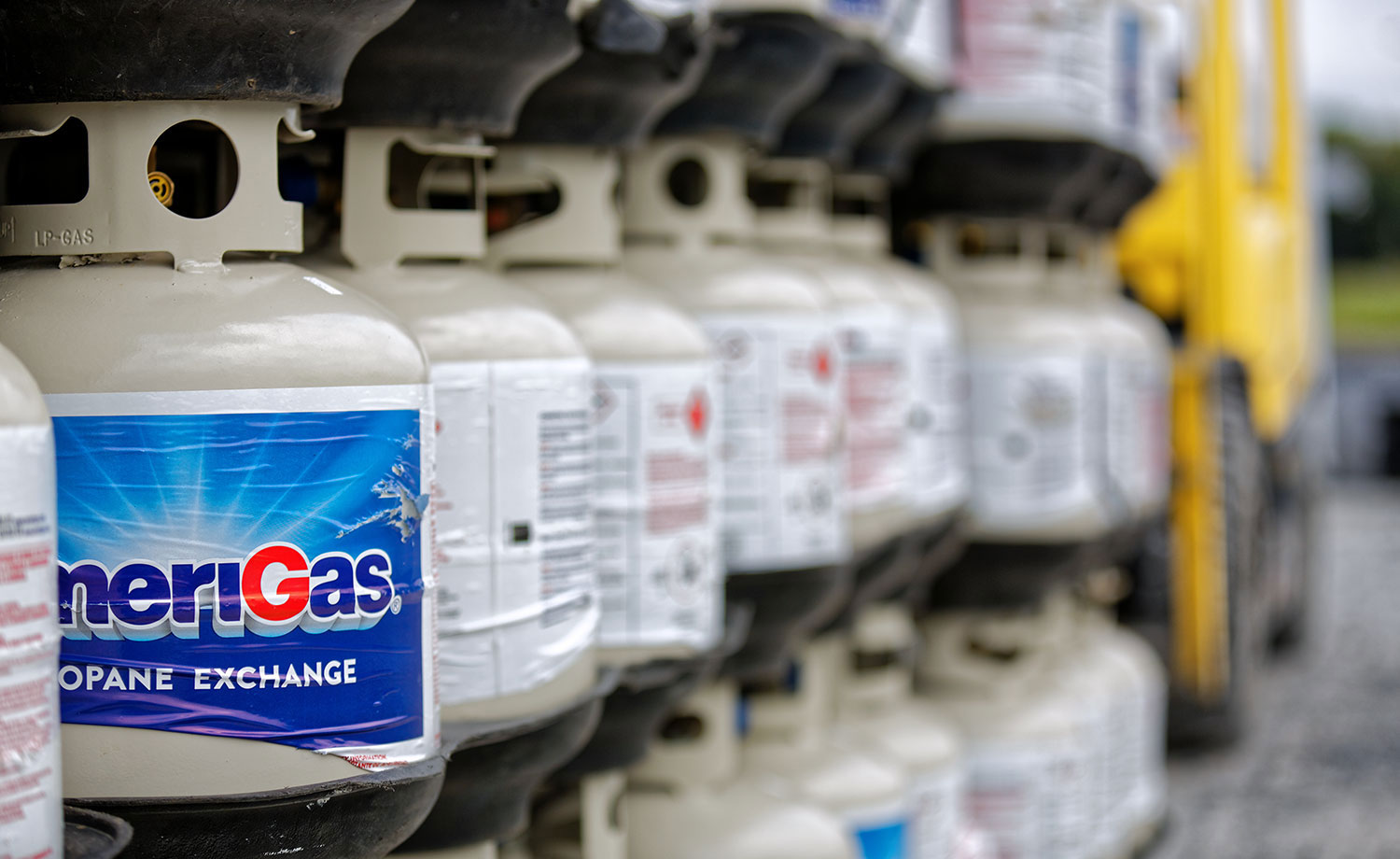
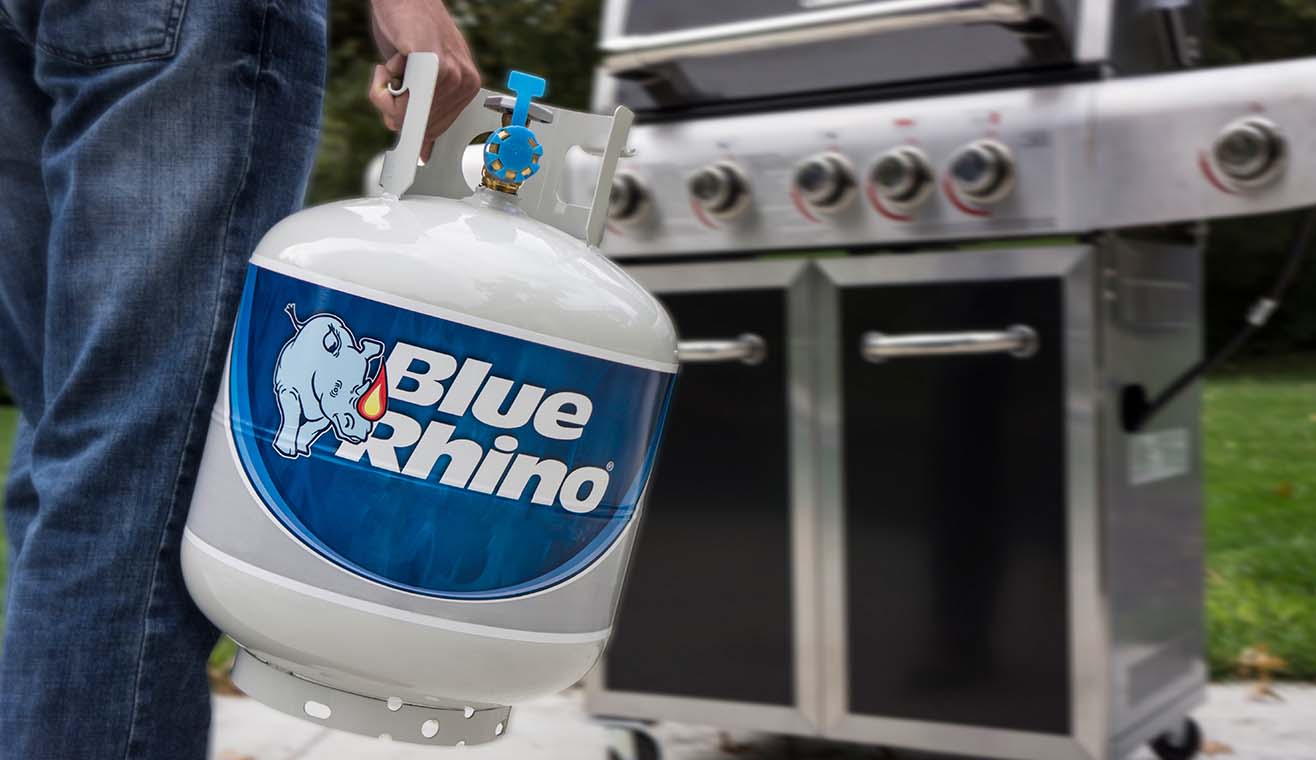
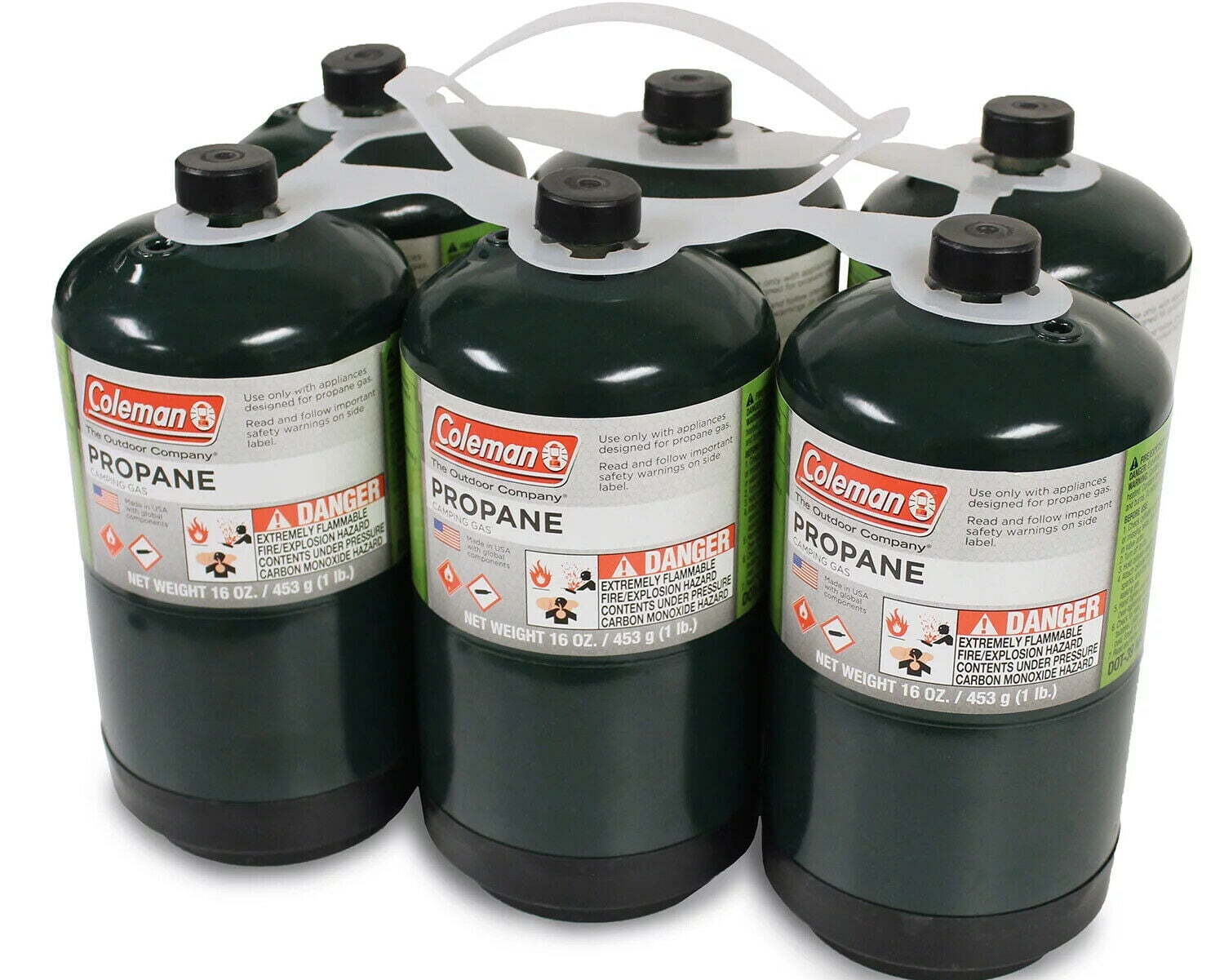
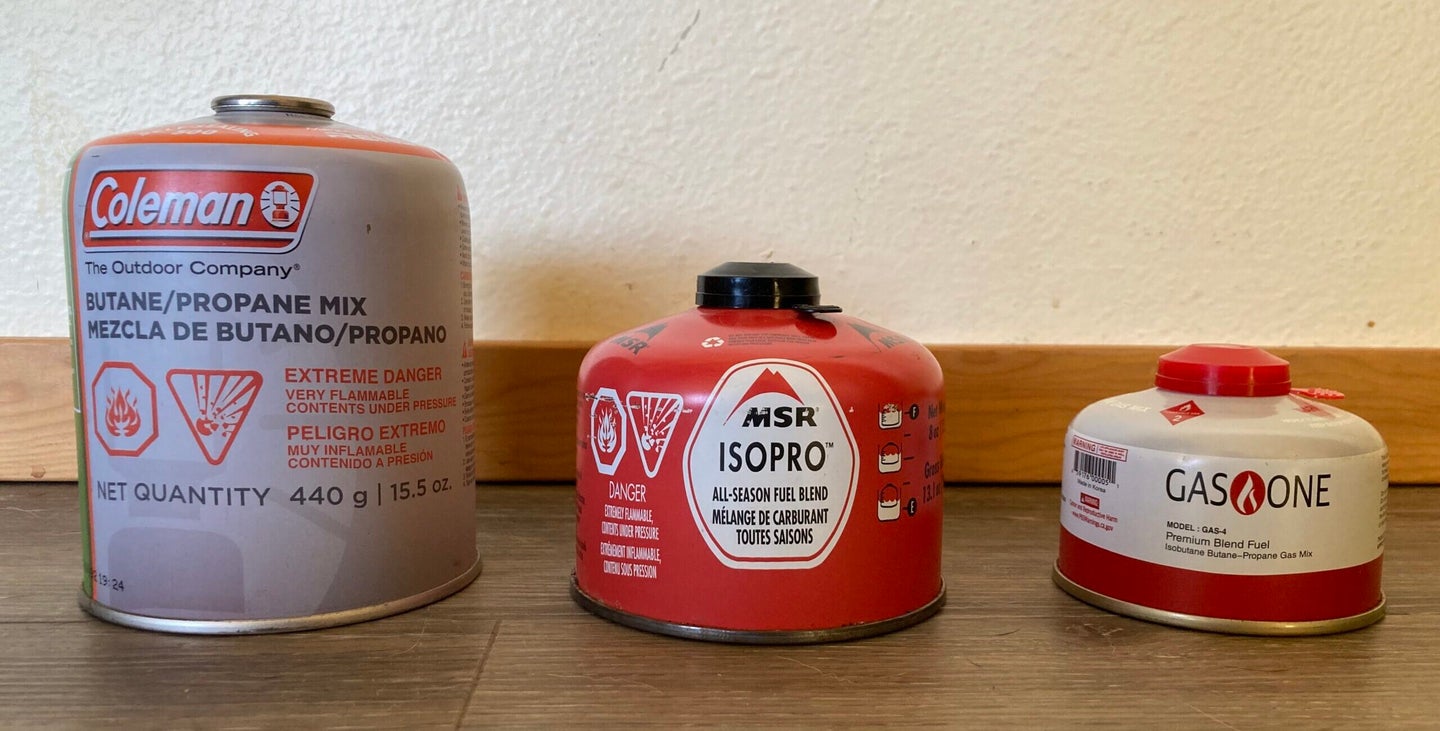
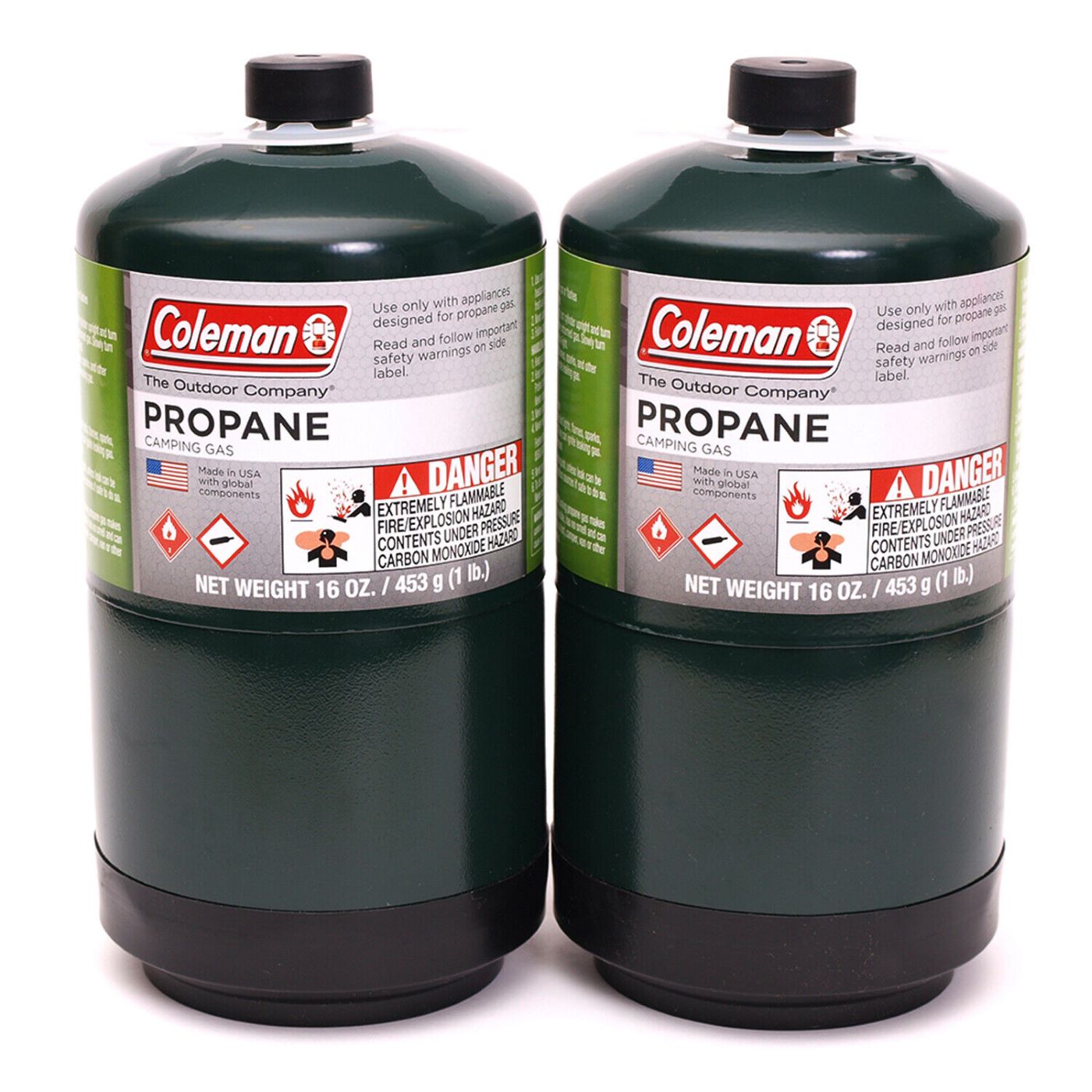
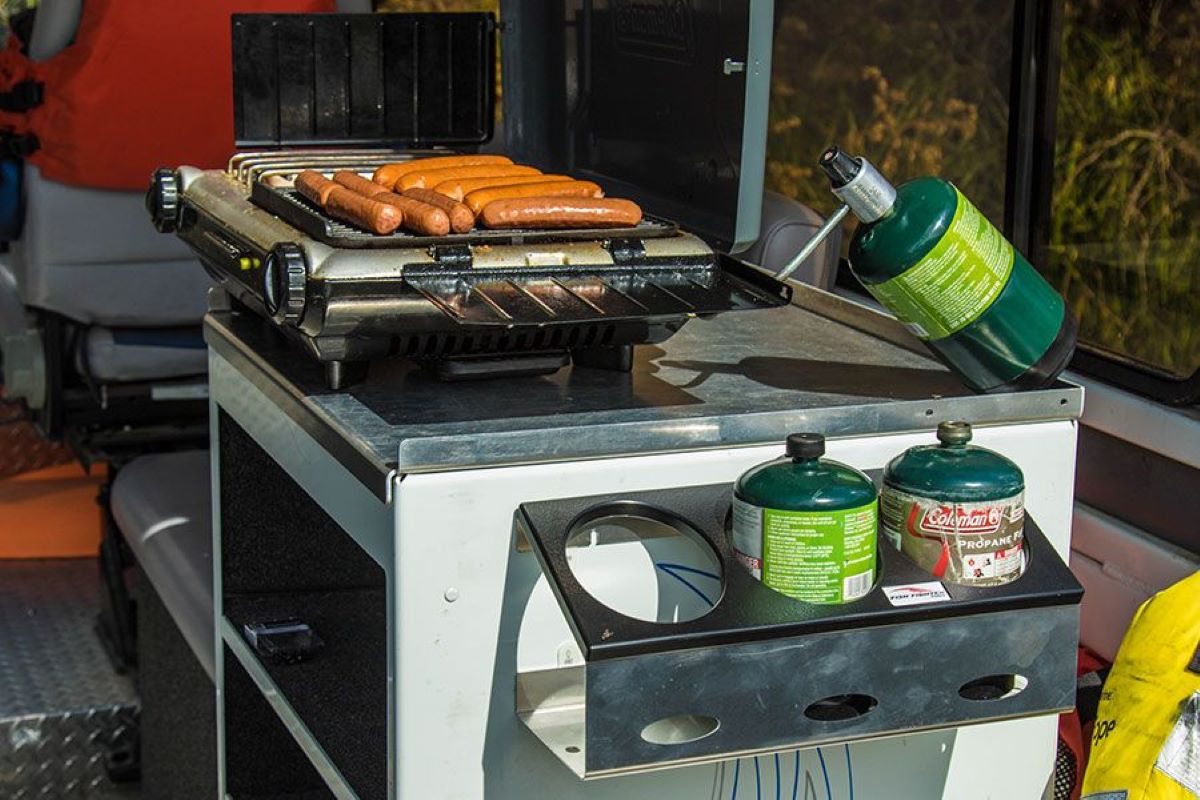
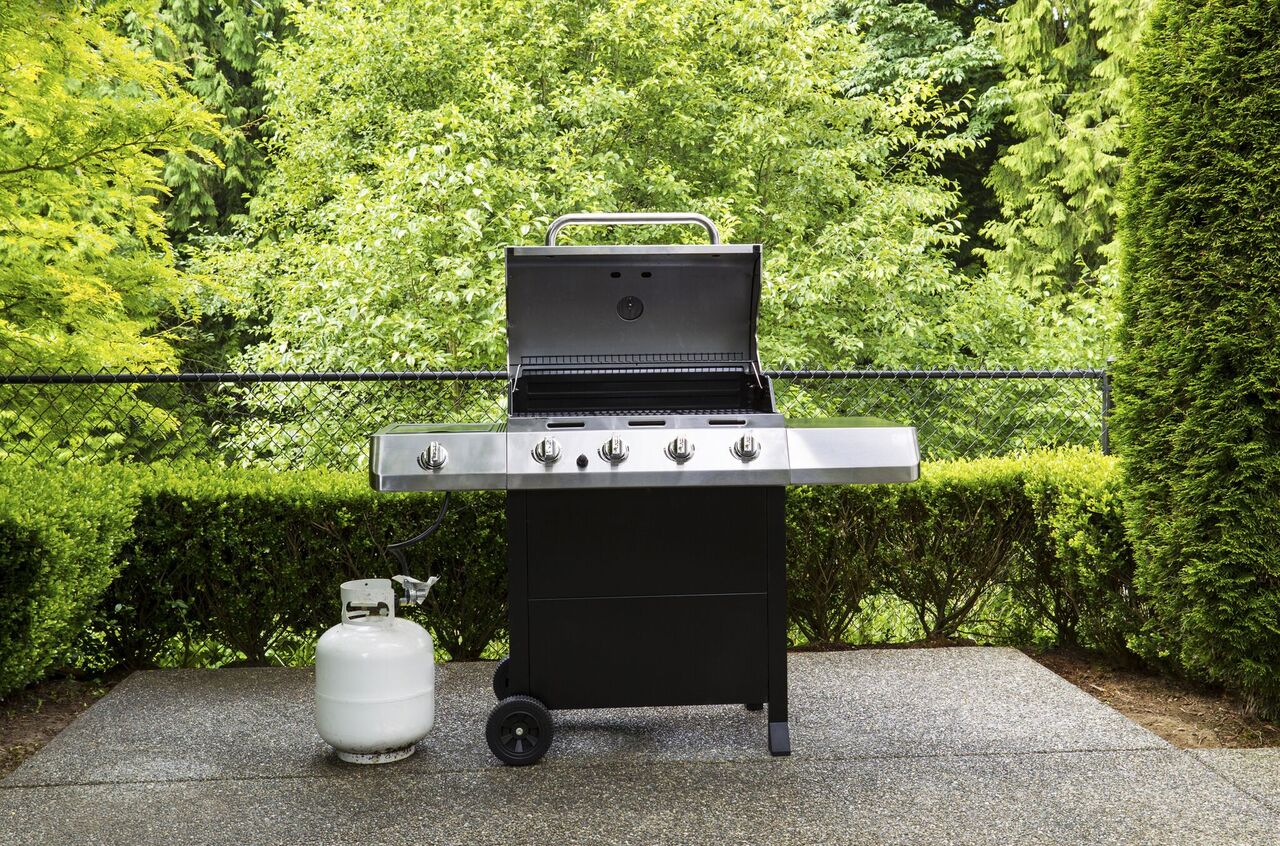
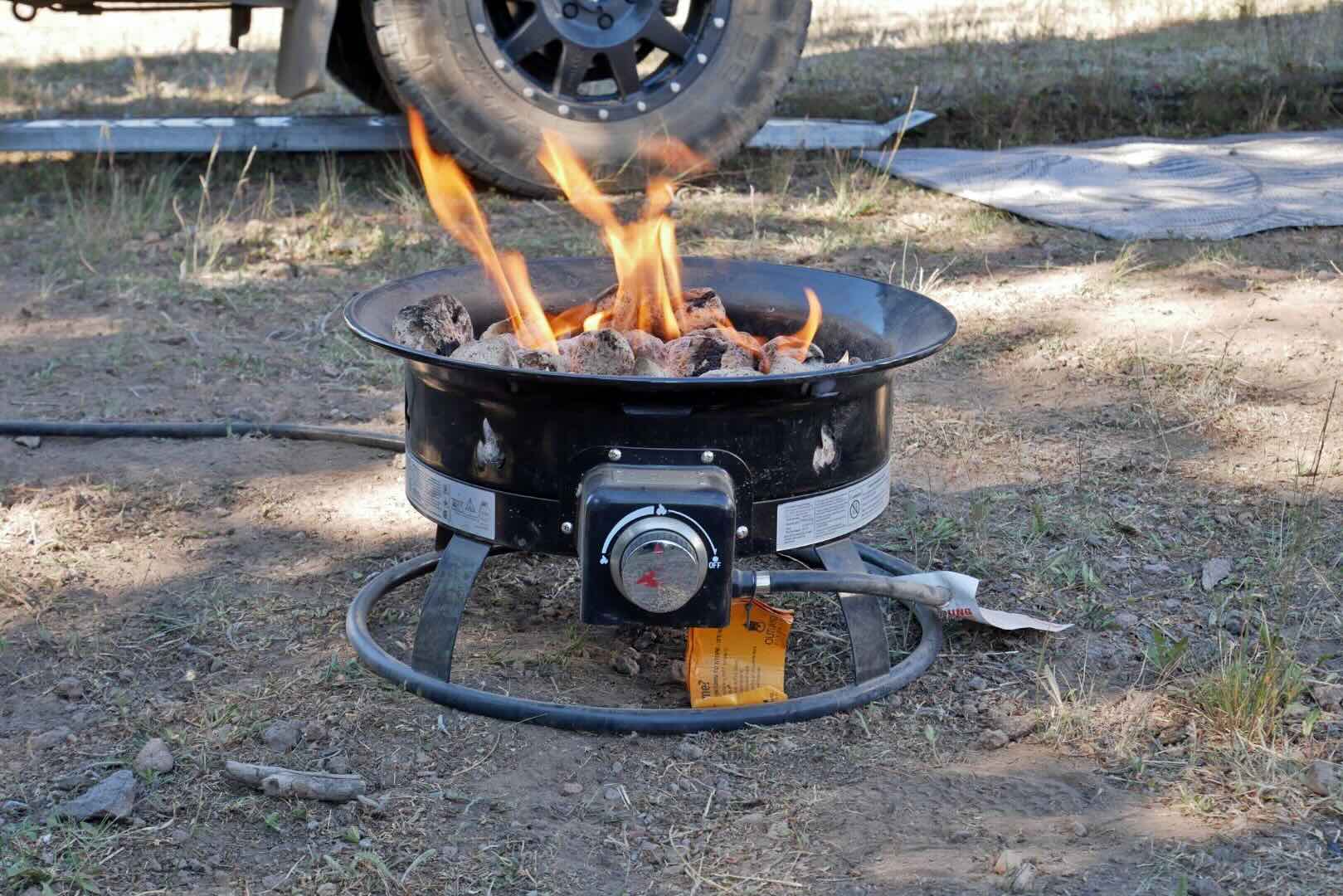
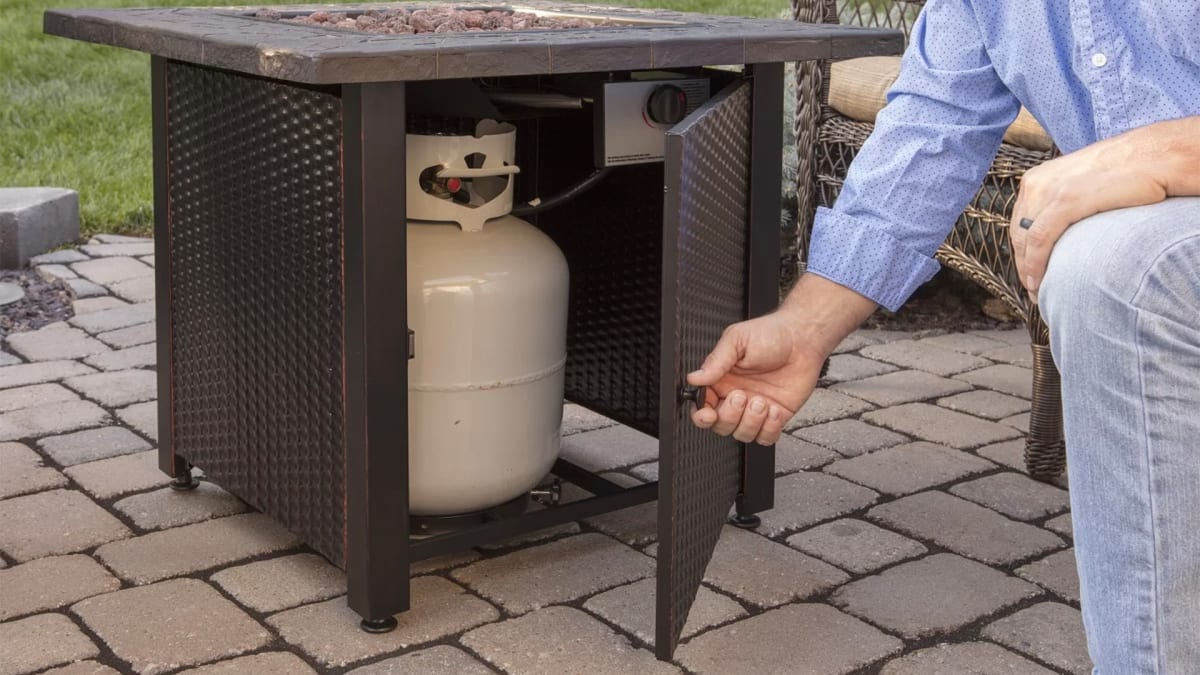
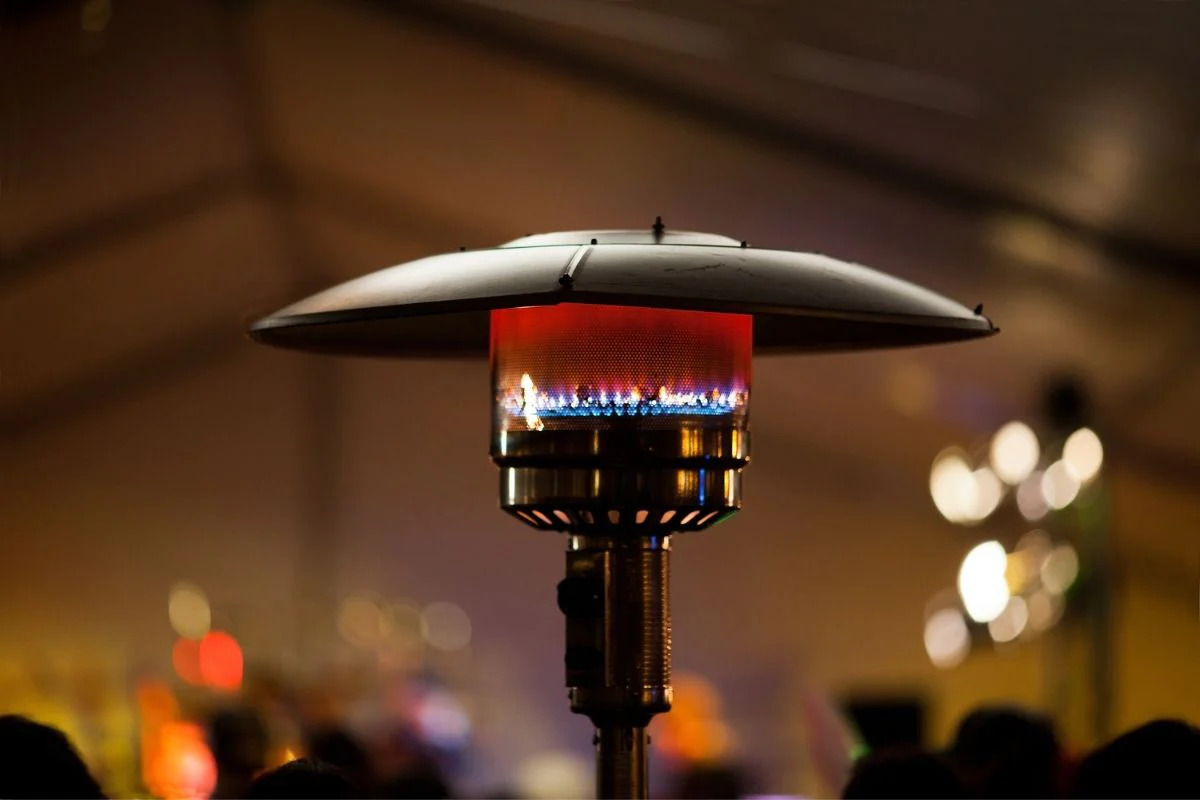
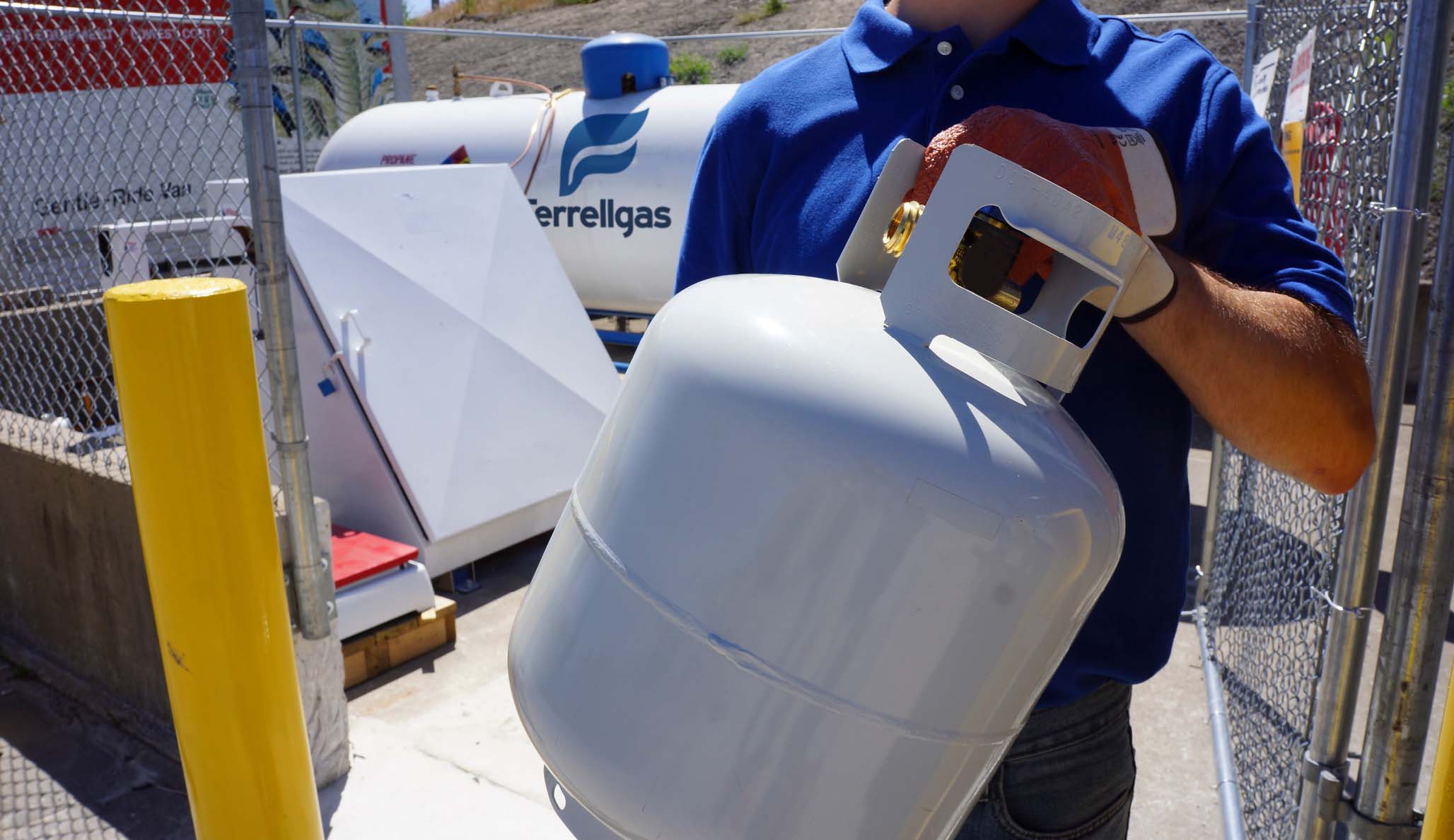
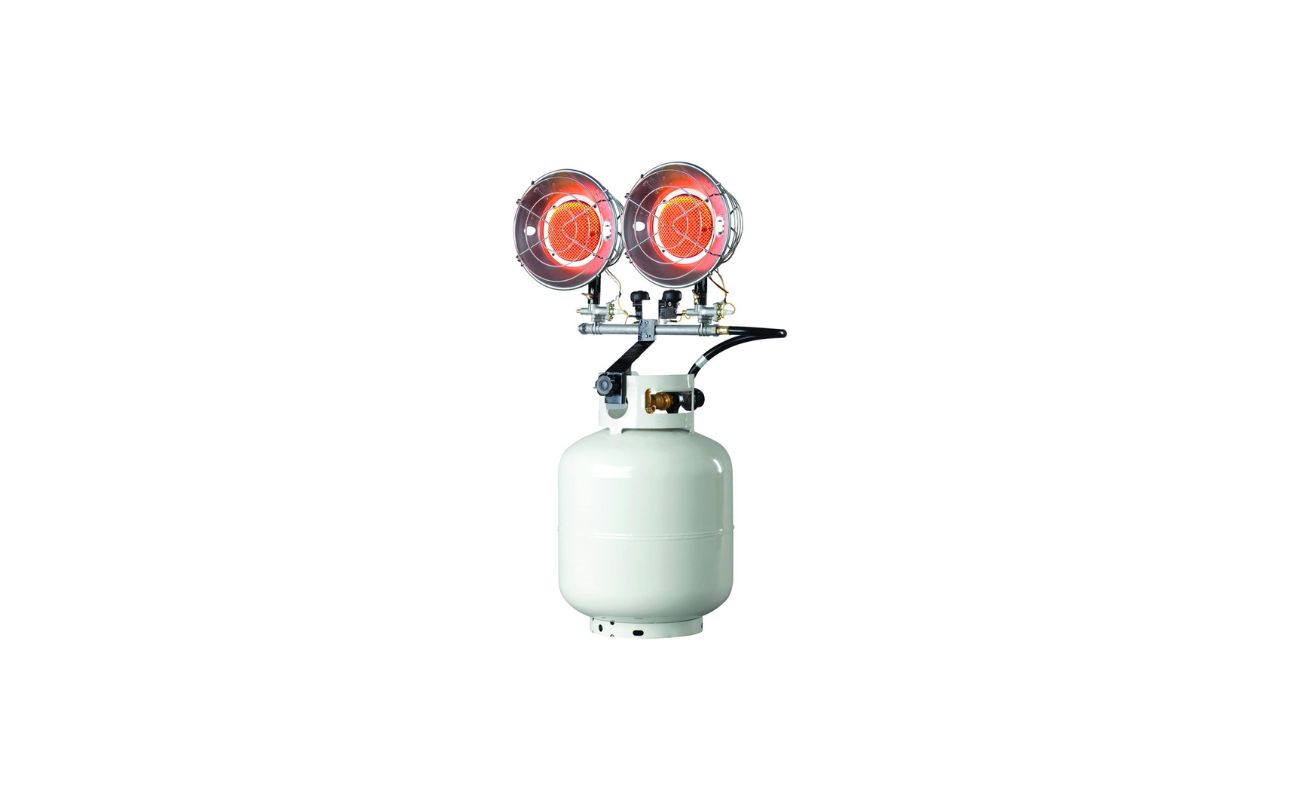
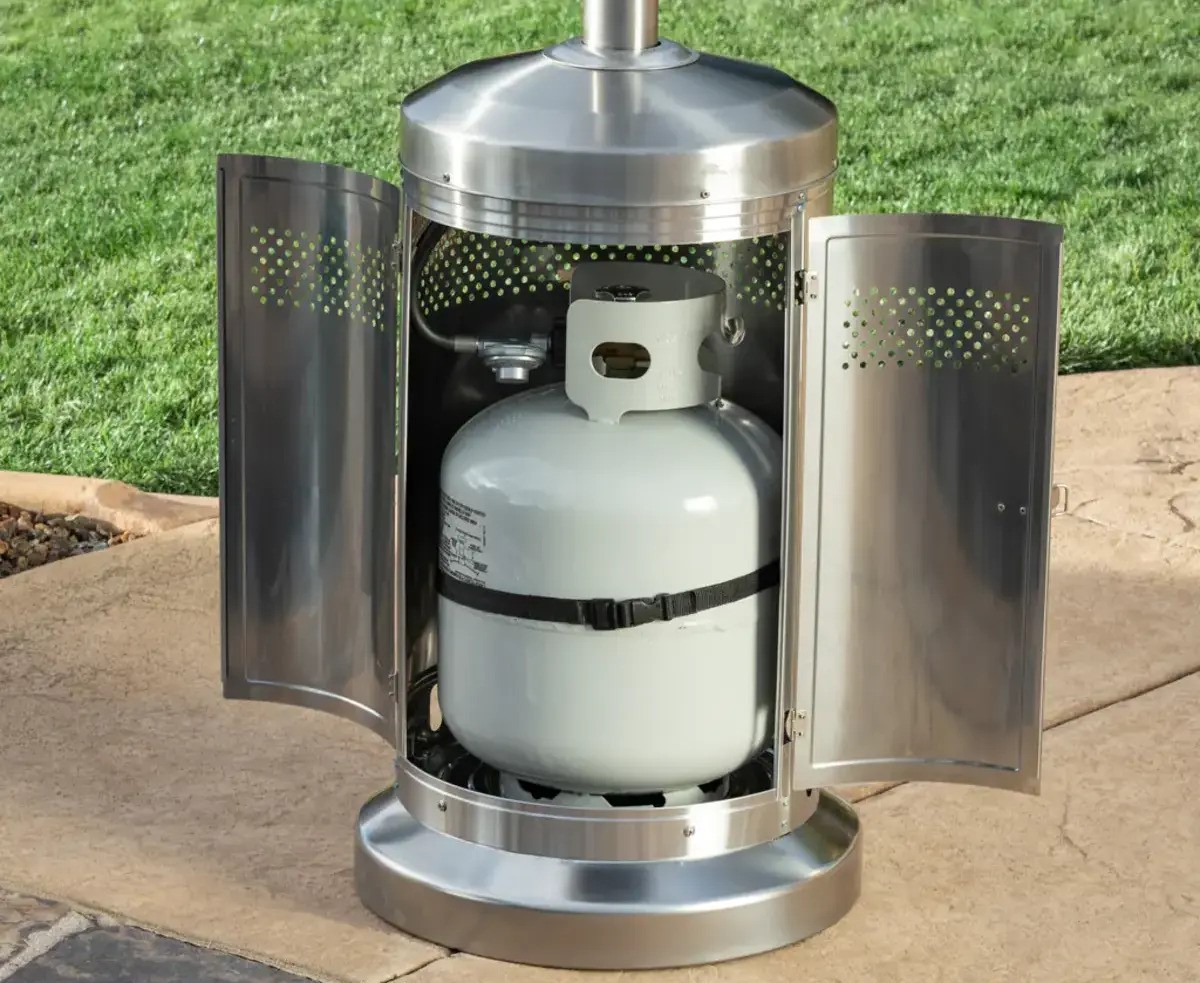

0 thoughts on “How To Store Propane Tanks In Winter”